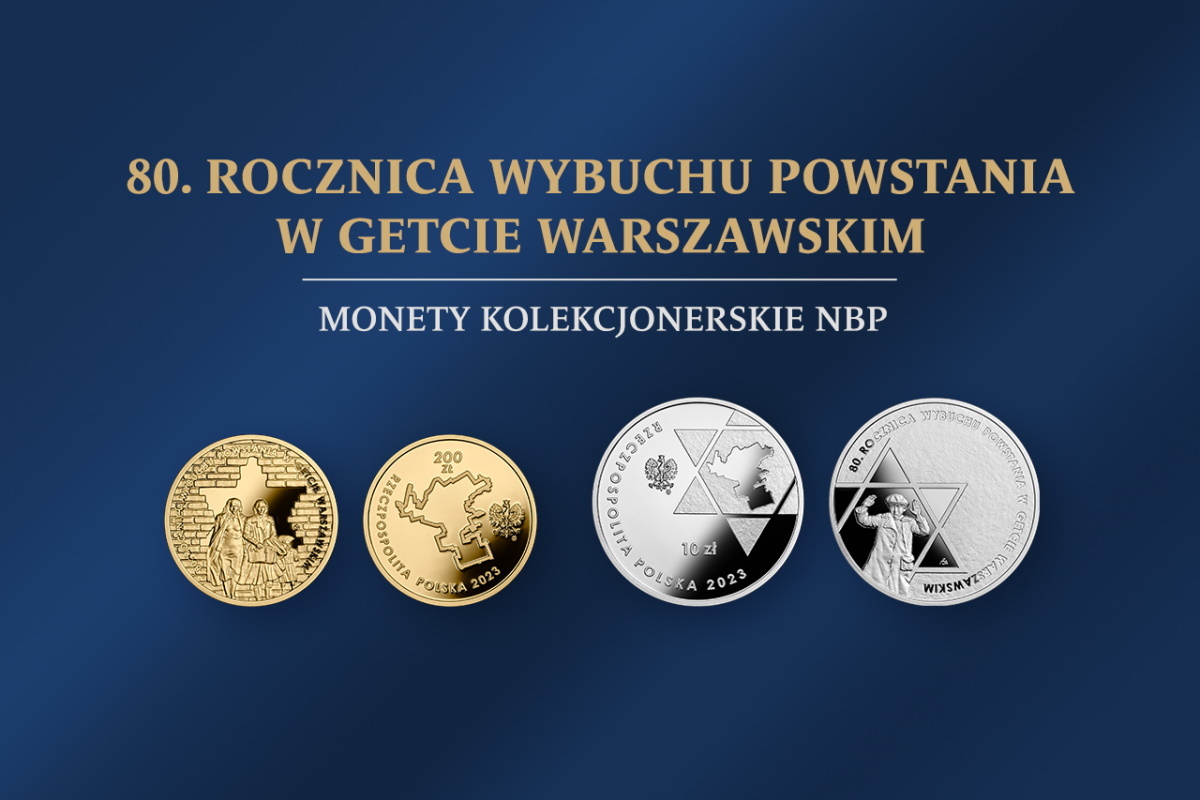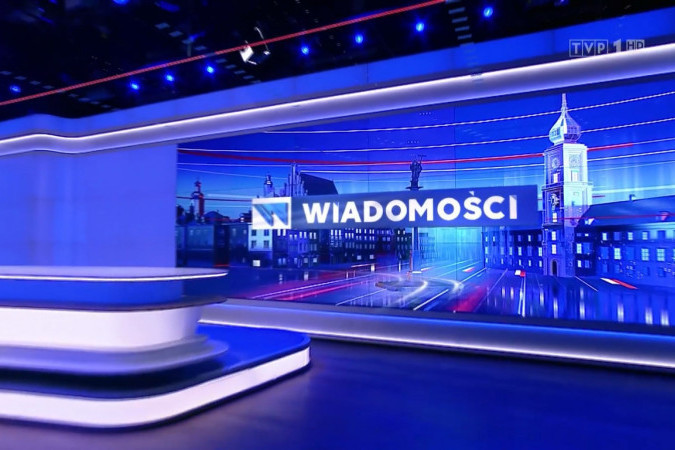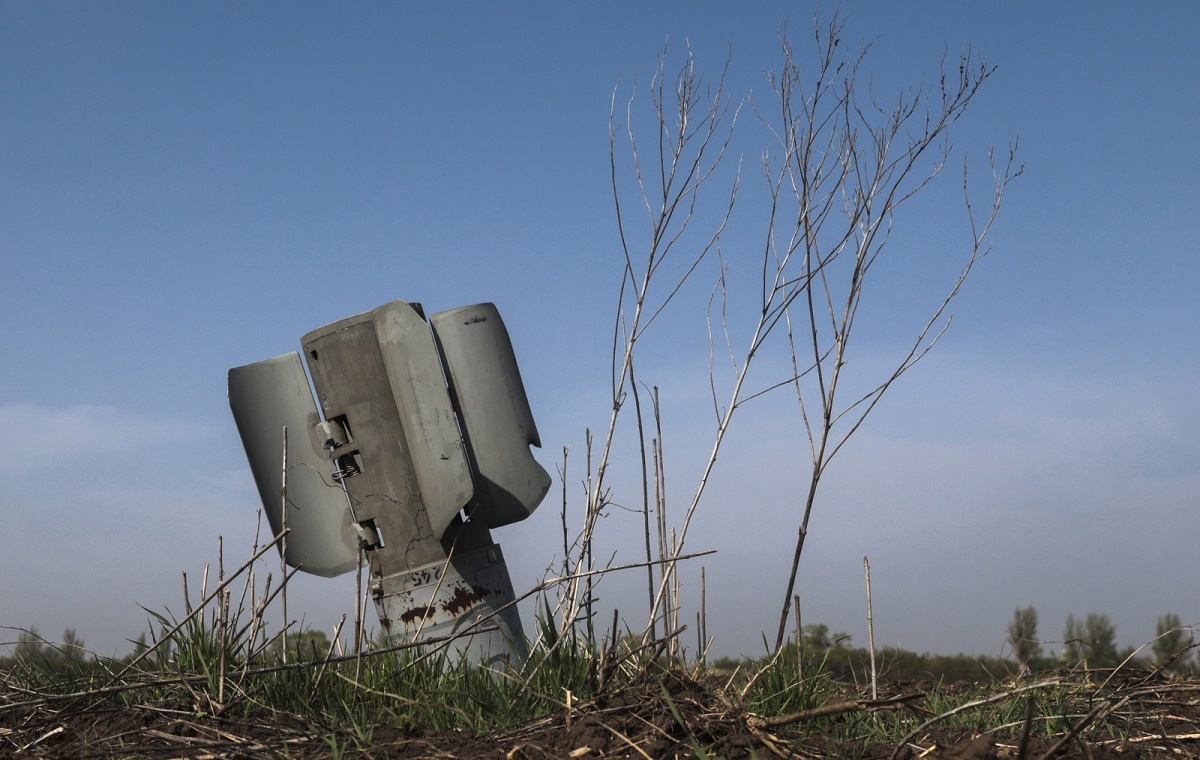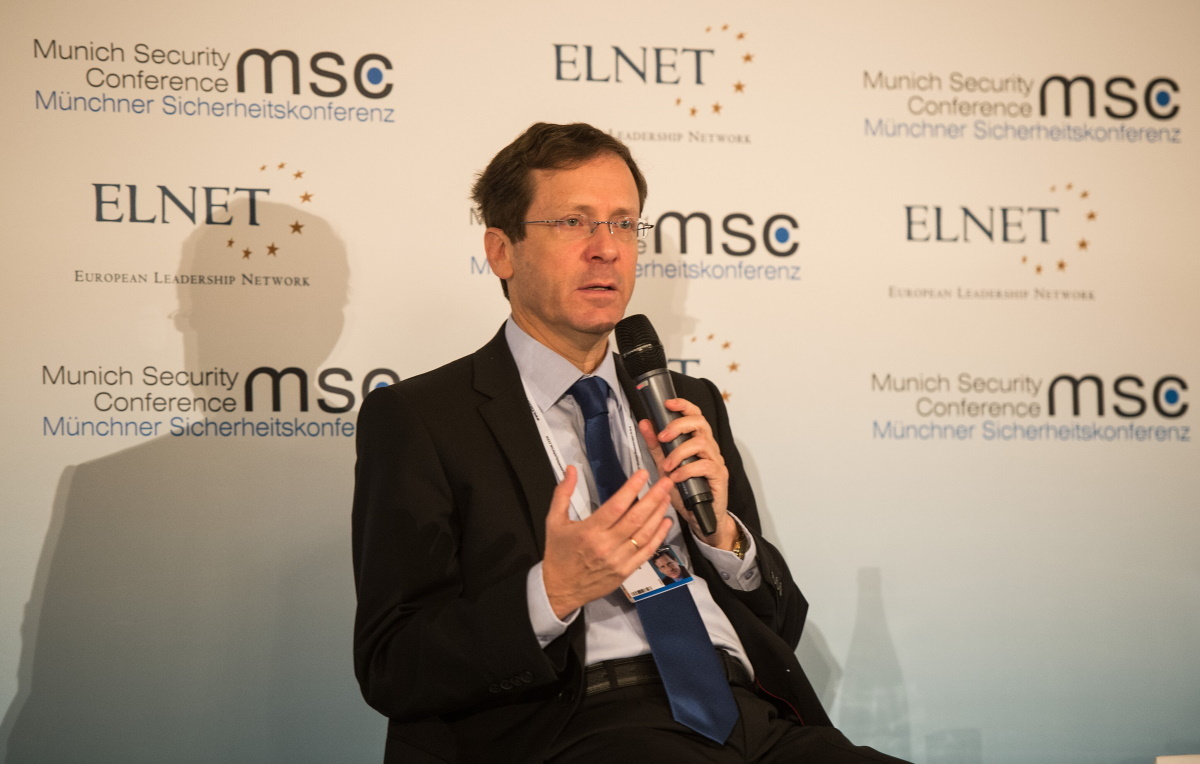On 12 April 2023, Narodowy Bank Polski will circulate two collector coins to commemorate the 80th anniversary of the outbreak of the Warsaw Ghetto Uprising – a gold coin with a face value of PLN 200 and a silver coin with a face value of PLN 10 .
The uprising in the Warsaw Ghetto broke out at dawn on April 19, 1943, as the Germans began to liquidate it. The invaders assumed that the liquidation of the ghetto would take several days, but they met fierce defense. The battle lasted several weeks.
Gold and silver collector coins
The reverse of the gold coin depicts an image of civilians during the Warsaw Ghetto Uprising against a brick wall with a gap in the shape of the Star of David separating the ghetto area from the so-called Aryan side.
On the back of a silver coin, against the background of a fragment of the Star of David, is the silhouette of a Jewish boy with his hands up. Figures were designed based on photographs taken by the Germans during the liquidation of the ghetto.
The obverse of both coins shows the outline of the Warsaw Ghetto, the largest ghetto created by the Third Reich in occupied Europe.
Ghetto history
The Warsaw Ghetto was closed and isolated from the rest of the city on November 16, 1940. At its peak, in the spring of 1941, some 460,000 people were crammed into an area of approximately 307 acres. Jewish. More than 90,000 of them died from cramped conditions, hunger and disease.
In the summer of 1942, the Germans carried out the so-called Great Action and deported about 260,000 people from the ghetto to the extermination camp at Treblinka. Jews, many died in the ghetto
– recalls Dr. Martyna Grądzka-Rejak, historian and Judaist of the Warsaw Ghetto Museum in a folder devoted to the issue of coins.
After these events, about 50,000 people remained in the district. people, and the area is reduced. In July 1942, the Jewish Fighting Organization (ŻOB) was founded under the command of Mordechaj Anielewicz. The second armed group operating in the ghetto was the Jewish Military Union (ŻZW) led by Paweł Frenkel.
History of creation
In January 1943, after hearing of further deportations, members of the armed organizations fought back. The Germans stopped transport.
Members of ŻOB and ŻZW, encouraged by this effect, prepared for the fight in the following weeks: they stockpiled weapons and built hideouts and bunkers
– explains Dr. Martyna Grądzka-Rejak.
The uprising began on April 19, 1943. It was the largest act of armed resistance of the Jewish population during World War II and, at the same time, the first urban uprising in occupied Europe. The fights lasted several weeks, the largest of which occurred from 19 to 22 April 1943 at the now defunct Muranowski Square. Martyna Grądzka-Rejak recalls that two flags became symbols of resistance: white and red and white and blue, which the rebels managed to hang on the roof of a tenement at ul. Muranowska 7/9.
The invaders combed row-house after row-house. They left the bodies of civilians and the ashes of burnt buildings. On May 8, they found a bunker on ul. Miła 18, where the ŻOB headquarters with Mordechaj Anielewicz are located. Many people hiding there killed themselves to avoid being caught, others died
– describes the history of the liquidation of the ghetto.
The Germans decided that the uprising ended on May 16, 1943, when they blew up the Great Synagogue on ul. Tlomackie. However, armed clashes continued in the following days. Most of the buildings in the ghetto were burned and the area was leveled to the ground.
Collector notes and coins issued by the NBP
By issuing collector notes and coins, Narodowy Bank Polski commemorates important historical events, commemorating heroes and prominent figures. Collector coins are made of gold and silver, besides they can be made more attractive by adding decorative elements, for example amber, glass, ribbed stones or ceramics, or by using additional techniques – pad printing, UV printing, selective plating or laser matting.
Narodowy Bank Polski invites interested collectors and numismatists to purchase collector’s items, the sixteen NBP Regional Branches located in the city of the voivodeship and to the NBP online store: collectors.nbp.pl.
NBP issuance plan
In the following months, numismatists and collectors will be able to enrich their collections with collector coins from the new series. In May, the “Polish Family” silver collector coin edition will inaugurate a new series “I believe in Poland”. In June, a rectangular gold coin with a face value of PLN 10 will start a series of “Polish banknotes in circulation”, imitating the stylized image of currently circulating banknotes.
Detailed information on the planned issue of collector coins and banknotes for 2023, dates and denominations can be found on the website of the National Bank of Poland at Plans for the issuance of collector’s items and commemorative coins for 2023
Detailed information about new collector coins
Collector’s gold coin “80. commemoration of the Warsaw Ghetto Uprising” face value: PLN 200
metal: Au 900/1000
stamp: mirror
dia: 27.00mm
weight: 15.50g
edge (side): smooth
printing: up to 1200 pcs.
Silver collector’s coin “80. commemoration of the Warsaw Ghetto Uprising”
face value: PLN 10
metal: Ag 925/1000
stamp: mirror
dia: 32.00mm
weight: 14.14g
edge (side): smooth
printing: up to 10,000 pcs.
Designer: Sebastian Mikołajczak
Publisher: NBP
The coin is produced by Mennica Polska SA on behalf of NBP

“Reader. Future teen idol. Falls down a lot. Amateur communicator. Incurable student.”




